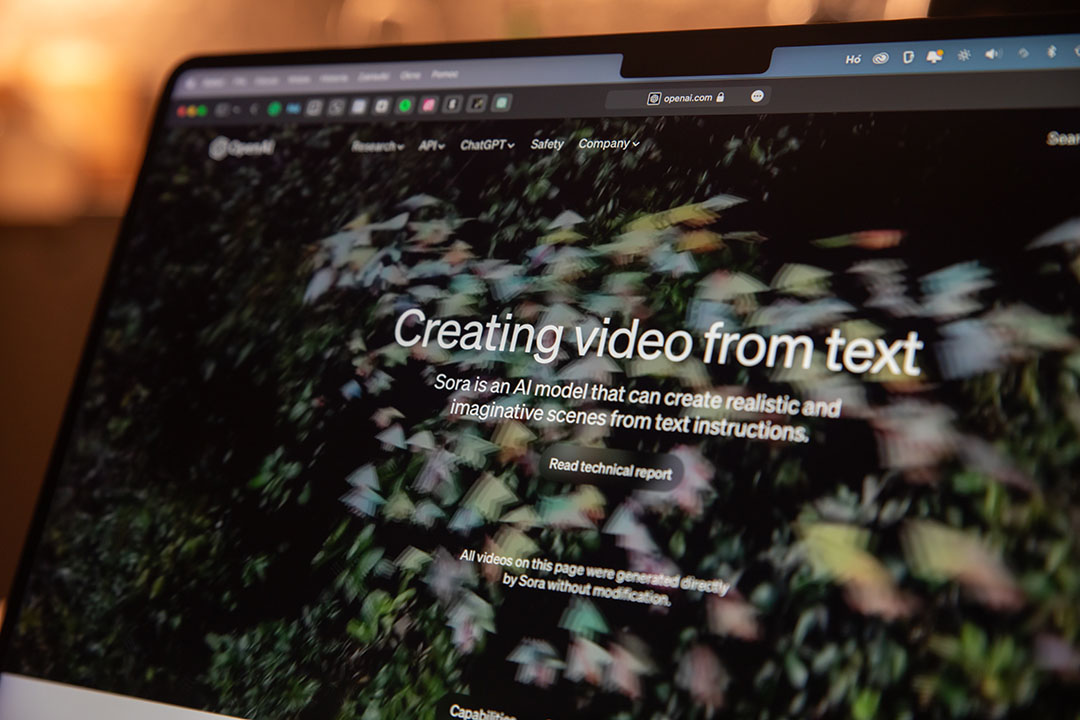So many of you came to us to talk about captions during NAB. Based on our conversations, it’s clear that captions remain a huge source of frustration and worry. Broadcast workflows are more complex than ever. Add captions to the mix, and the complexity takes on a new dimension:
Now, what you don’t want to do, is carry on with the traditional captioning workflows that go around the outside of the main workflow; that’s just too expensive and time consuming.
So, how do you build a system that is generic, scalable, international, that’s multi platform, that’s HD and that uses the minimum number of formats? How do you build caption and subtitle workflows that are independent of compression codecs? And of course, how do you do it on the cheap, since as we all know, there is no money to be made in captions?
Here’s a Little Secret:
One of the secrets is to recognize that the commercial model of captioning is changing and the cost of authoring a caption file can be dwarfed by the costs of publishing to a dozen or more different platforms, or worse by the prospects of a fine due to missed-airing.
However, if you apply the lessons we learned from manipulating high-quality video Mezzanine files to captions, you could be on your way to creating an easy to manage captioning and subtitling workflow.
What do you Mean by Mezzanine?
A Mezzanine format is basically a mid-resolution format that is of sufficient quality to enable large amounts of media assets to be moved around and worked on without impacting the performance of workstations that are being used.
Creating a Mezzanine file format from which all the multi-platform deliverables are authored gives benefits of cost, scalability and, importantly, testability. The good news is that the same principles hold with captions and subtitles. If you defining a Mezzanine format from which all your deliverables can be authored and published, you’ll quickly enjoy a reduction in overall costs and a huge improvement on testability.
The Weapon of Choice
Employing a Mezzanine approach to captioning greatly improves the reliability of transcoding, cutting, splicing and generally being able to manufacture on-demand the media assets that generate revenue for a media business. By processing video, audio and subtitles/captions together on the same platform, the integrity of subtitle or closed caption data can be securely preserved as video files are converted from one format to another. This way, you can reduce your operational costs, and improve your productivity.
So remember, if you are running a multi-channel, multi-platform, multi-format digital operation, don’t leave captions till last and make sure you put them at the heart of your file-based workflow!
Featured in: Broadcast | Captioning | File-Based Workflows | Multiplatform Distribution | NAB Show | Transcoding | Workflow Orchestration |
With 30 years in the industry, Bruce looks after Media Technology for Dalet. An engineer who designed antennas, ASICs, software, algorithms, systems and standards, Bruce is best known for being @MrMXF and you can get his book on Amazon.
More Articles By Bruce



